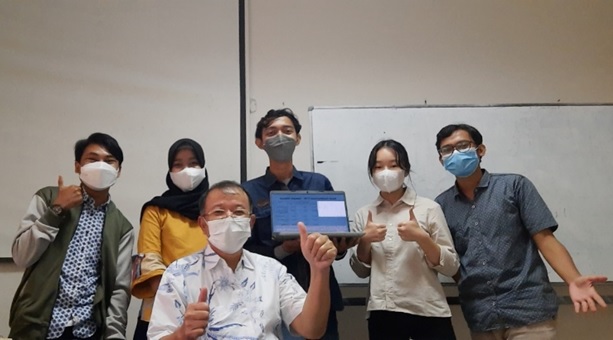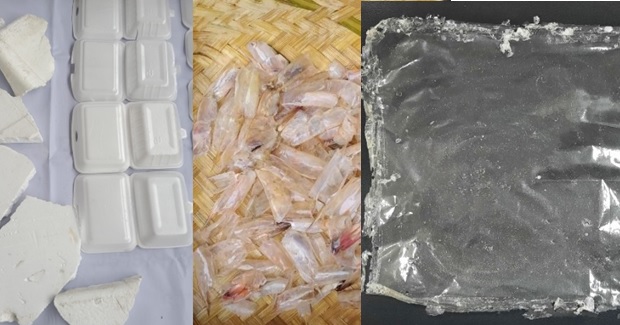Five UGM students teamed up to create a laundry surfactant adsorbent from Styrofoam and shrimp shell waste. The team consisted of four students from the Faculty of Natural Sciences (Mandrea Nora, Virna Agustisari, Adyatma Bhagaskara, Alice Lim) and one student from the Faculty of Biology (Hardian Ridho Alfalah).
Driven by the lack of proper laundry wastewater treatment, the team was keen to invent an eco-friendly membrane that could adsorb the harmful surfactant Alkyl Benzene Sulfonate (ABS) contained in detergents.
“We take advantage of the abundant Styrofoam and shrimp shell waste to make a membrane that can solve this laundry waste problem,” said Hardian on Tuesday (23/8).
Non-biodegradable Styrofoam underwent isolation and conversion of polystyrene to polystyrene sulfonate (PSS). Chitosan was extracted from shrimp shells and used as a polycation to allow high adsorption.
According to Mandrea, the PSS-chitosan combination creates an adsorptive polyelectrolyte membrane that can mimic the function of positive and negative poles. Chitosan is a positive pole that attracts ABS in laundry waste, while PSS is a negative that strengthens the membrane structure.
“The PSS-chitosan membrane innovation is expected to be an initiator in the development of environmentally friendly adsorbents. In addition to creating an environment free from laundry waste, it can also solve the problem of Styrofoam and shrimp shell waste,” said Mandrea.
The team received funding from the Ministry of Education and Culture’s Student Creativity Program (PKM) and guidance from Dr. Dwi Siswanta from the Chemistry Department.
Author: Ika



